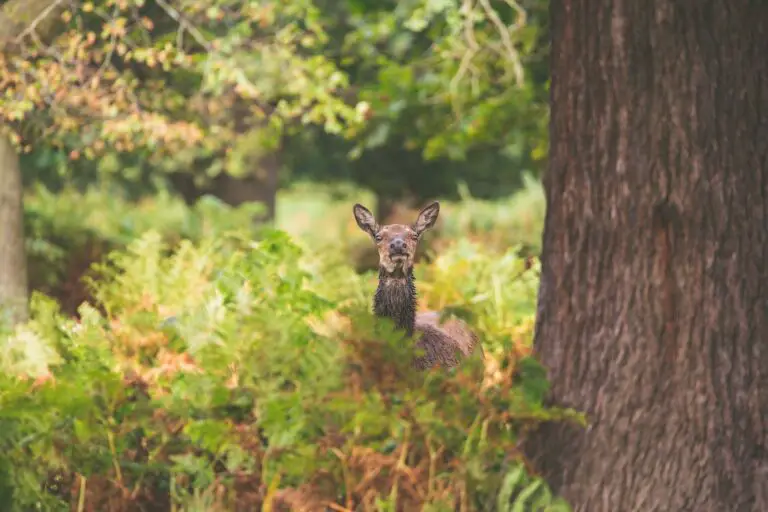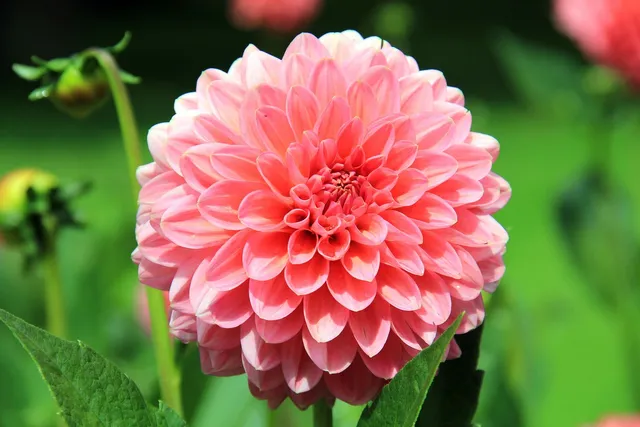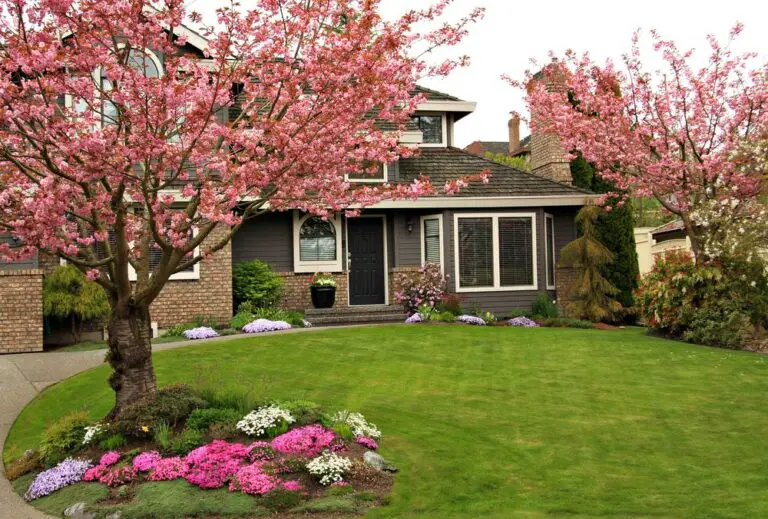The way to Defend Backyard Vegetation Throughout Heatwaves
Associate Put up
 Filip City, Unsplash.
Filip City, Unsplash.
The world is getting hotter. 100 levels within the Arctic? Sure, that occurred in June 2020. Gardeners in zones which have by no means handled scorching temperatures should now learn to shield backyard vegetation throughout heatwaves.
Listed here are some ideas for protecting your backyard cool when the mercury rises:
 Katsujiro Maekowa, Flickr, Artistic Commons.
Katsujiro Maekowa, Flickr, Artistic Commons.
Backyard Early within the Day
Pour your morning espresso and work within the backyard early earlier than the day heats up. Watering within the morning when temperatures are cooler provides vegetation time to soak up the water to allow them to keep hydrated all through the day.
 RainReady Residence, Flickr, Artistic Commons.
RainReady Residence, Flickr, Artistic Commons.
Preserve Vegetation and Soil Cool
Preserve your self, your vegetation, and the soil cool and hydrated. Take note of any water restrictions in your rising zone that could be in place throughout heatwaves. Preserve water by harvesting rainwater in cisterns and water effectively utilizing drip irrigation or soaker hoses.
 Flickr, Artistic Commons.
Flickr, Artistic Commons.
Water Deeply
Water deeply not less than six inches right down to encourage deep roots. If watering by hand, water near the soil below the plant with out touching the leaves, as water on leaves can promote fungus. Water greens not less than two to a few occasions per week throughout severely sizzling climate.
Containers and hanging baskets want extra frequent watering as they dry out quicker than vegetation within the floor. Place a finger into the soil, and if it isn’t moist as much as a knuckle, the plant wants water. Vegetation will inform you after they want water—they wilt. Should you see drooping leaves, they want a drink.
Use Mulch
Not solely does mulch assist keep hydration and restrict weeds, but it surely additionally slows down evaporation to maintain the soil cooler. Remember to refresh mulch one to 2 occasions all through the season.
 Ivan Radic, Flickr, Artistic Commons.
Ivan Radic, Flickr, Artistic Commons.
Maximize Shade and Airflow
Use shade fabric or protecting row covers to guard vegetation and assist cool the soil. The temperature below the fabric could be 10 levels decrease. Don’t lay the material instantly on the vegetation, as they want sufficient air circulation.
Place vegetation in spots that catch the prevailing winds to keep up airflow and maintain them cool. Find tender new transplants throughout the shade cowl of taller vegetation.
 Jonathan Kemper, Unsplash.
Jonathan Kemper, Unsplash.
Don’t Stress Vegetation
Keep away from something that may stress a plant in excessive warmth, comparable to transplanting, pruning or fertilizing.
 Rick Orchard, Flickr, Artistic Commons.
Rick Orchard, Flickr, Artistic Commons.
Preserve the Backyard Weeded
Preserve the backyard weeded as weeds compete with different vegetation for water and vitamins.
 Stephan Eicksche, Unsplash.
Stephan Eicksche, Unsplash.
Swap the Garden for a Meadow
A ten’x10′ patch of garden requires over 62 gallons of water. Contemplate a wildflower takeover: swap your water-guzzling garden for a extra drought and heat-tolerant wildflower meadow that helps pollinators and by no means wants weeding. If sustaining a garden, maintain turf not less than three inches tall.
 Matthias Oberholzer, Unsplash.
Matthias Oberholzer, Unsplash.
Choose Warmth-Tolerant Vegetation
Warmth-tolerant and drought-tolerant aren’t the identical factor. Select heat-loving vegetation tailored in your rising zone, whether or not dry or humid.
 Andy Makely, Unsplash.
Andy Makely, Unsplash.
Tropical vegetation like sizzling, humid climates, whereas drought-tolerant, xeriscaping vegetation thrive in areas with excessive warmth and little rainfall. Many of every sort can endure warmth waves.
 Cale Crunchy, Unsplash.
Cale Crunchy, Unsplash.
Some heat-resistant vegetation tolerate each dry and humid situations—not simply surviving in lengthy intervals of warmth, however thriving in it:
• Heat-season decorative grasses
• Phlox
• Heucherellas
• Daylilies
• Amsonia
• Artemisia
• Lantana
• Geranium
• Coreopsis
• Impatiens
• Morning Glory
• Cosmos
• Marigold
• Vinca
• Sunflower
• Dahlia
• Dusty Miller
• Euphorbia
• Salvia
• Sedums
• Zinnia
 Kaique Rocha, Pexels.
Kaique Rocha, Pexels.
Monitor Vegetation for Indicators of Warmth Exhaustion
Examine plant leaves ceaselessly for indicators of warmth injury. Identical to folks, vegetation can succumb to warmth exhaustion.





